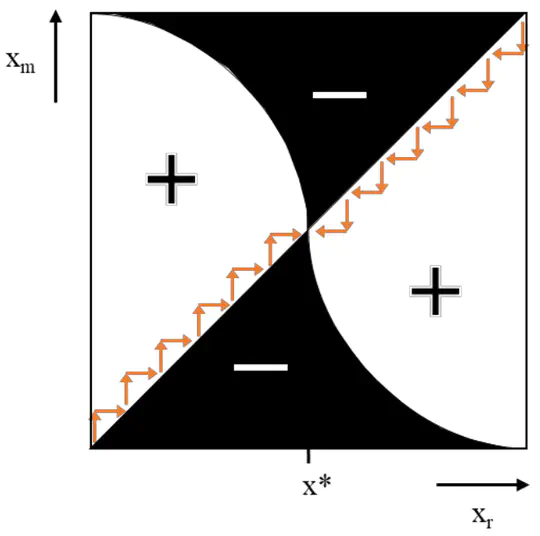Biography
I am an early career ecologist interested in plant population dynamic, life-history traits and response to climate change. I work as a Post Doc with Davide Ascoli at the Department of Agricultural, Forestry and Food Sciences (DISAFA) in Turin. My research mainly focuses on identifying oak growth factors and predicting the future of oak reproduction in the context of climate change as well as studying the dieback process of forest stands in the Alps.
Download my resumé (updated March 2025).
Interests
- Forest ecology
- Masting
- Climate change
- Life-History Traits
Education
PhD in Ecology, 2023
Claude Bernard Lyon 1 University
Master in Biologie, Ecology and Evolution, 2019
University of Montpellier
Bachelor in Life Sciences, 2017
University of Dijon
Skills
R
Statistics
Modeling
QGIS
Experience
Postdoc Researcher
Research, analysing, modelling, field-work
Research, analysing, modelling, supervising, teaching
Trainee on germination phenology and dispersion rate coevoluton in an heteromorphic species
Trainee on the interplay between demography and auto-incompatibility system in Brassica insularis
Research Interests
*
During my second year Master’s internship, I worked on the competition-colonisation trade-off. My model species was Crepis sancta, an annual plant which produces two types of seeds, only differing by their germination phenology.
Identifying oak masting drivers is a major goal to achieve in order to be able to build more accurate models to predict oak masting and to forecast it’s evolution in the context of climate change.
Morphological allometry corresponds to the way trait size scales with body size. This relation has been shown to reflect ecological adaptation of organisms to their environment and more particularly to the mean size of the resource exploited.
Recent & Upcoming Talks
.js-id-recent
Recent Publications
(2024).
Reconciling Pollen Limitation Theories, Insights From Temperate Oak Masting.
Ecology Letters.
(2023).
Oak masting drivers vary between populations depending on their climatic environments.
Current Biology.







